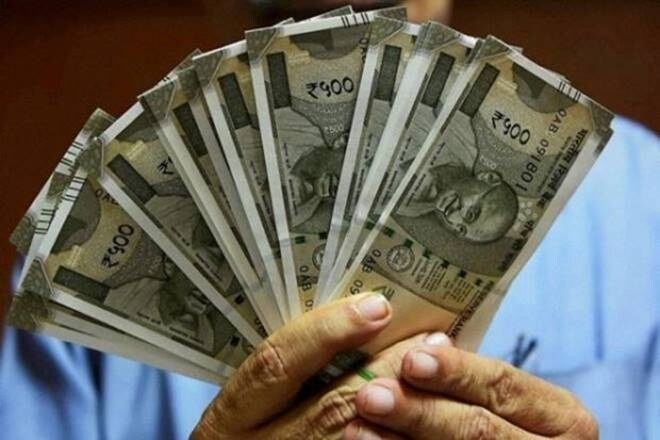The government has recently relaxed the norms for Employees’ Provident Fund (EPF) to provide liquidity support to both employers and employees. Former central provident fund commissioner KK Jalan decodes the relaxations in an interview with Surya Sarathi Ray. Excerpts:
Of the relaxations made, many are short-term, but the one that has allowed firms to separate payment of contribution from submission of electronic challan-cum-return (ECR) appears to be effective for an indefinite period. Submitting ECR for a wage month on time will not attract any penalty even if the payment is made at a later date, implying that the employer unit can keep the money with itself, after having deducted the EPF part from workers’ salary for an indefinite period, without any cost. What’s your take on this?
Yes, they (companies/employer units) can keep the EPF money deducted, as per the rule. Such a facility is being provided under exceptional circumstances. Nobody while creating the relevant software thought of an eventuality such as the Covid-19. The EPFO has been able to tweak the software quickly enough, segregating ECR and payments. Further, while penalty is waived, there is no mention of interest liability due to late payment which in any case is more than what EPFO would have earned on deployment of funds. This facility provides liquidity support to employers, but is of no benefit to employees. Rather, employees will lose due to the delayed deployment of their funds by EPFO and resultant loss of interest income.
What will happen in case the employer doesn’t deposit the deducted amount with the EPFO at all and flee away from the scene like Kingfisher did?
Such cases are rare and there is a methodology provided to recover the amount under EPF & MP Act 1952. Criminal proceedings under IPC are also being initiated in such cases.
The government has also allowed a special withdrawal provision using which a subscriber can withdraw an amount equivalent to her three months’ basic wages and dearness allowances or up to 75% total accumulation in the EPF account, whichever is lower. Though aimed at providing liquidity, the provision could jeopardise the objective of social security.
This is a temporary measure to give relief to employees who might face severe problems due to the effect of Covod-19 on their incomes. Such steps that could hit social security should strictly be avoided in normal times.
More than 90% amount of withdrawal has gone to employees whose monthly earnings are more than Rs 15,000. In fact, most of the employees for whom withdrawal is actually intended either do not come to know of the scheme or are not able to withdraw because of administrative issues.
One of the long-term benefits which will not cost more could be a bonus to all employees who have contributed to EPF up to a certain limit regularly for last 12 months.
On Thursday, government extended the scheme where it bears 24% (of basic pay) EPF cost for entities having up to 100 employees and with 90% of them earning less than Rs 15,000 a month for another three months to August. How is this going to help entities to tide over the present crisis?
The number of such entities which qualify all the criteria such as (i) the number of employees is not more than 100; (ii) 90% of the employees draw overall pay of less than Rs 15,000 is very low. Total number of employees who can benefit if these conditions are strictly applied cannot be more than 30 lakh. Thus, this benefit will have limited impact. Further, it also needs to be noted that government has not paid past liabilities to EPFO for years, and to that extent, the distributable income of EPFO suffers.
The government has reduced monthly mandatory contribution to 20% of the wage from 24% earlier for three months. How much will be the resultant increase in the take-home salary of an employee?
Monthly take home salary of the employee shall increase by 2%. In case of employees who are employed to the cost-to-company (CTC) model, the increase in carry-home salary should be 4%. In case of pay-scale employees, the employer may also gain by 2%. In case of CTC, which is the norm, say in the IT sector, there is no benefit to the employer except for a minor benefit on less payment of administrative charges.


